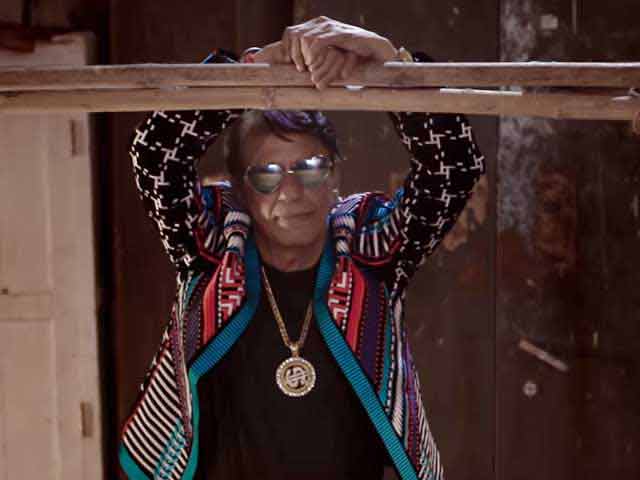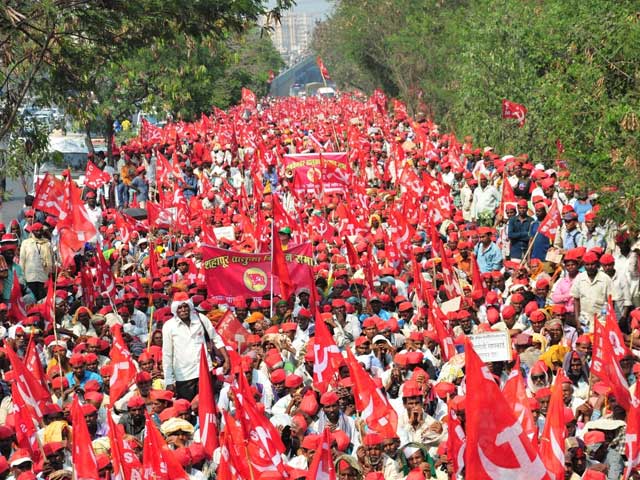Farmers have been committing suicide. It is not to say that those lost lives had little value, but they were just adding to the statistics, and the national leaders were doing little for them. They would give a token of acknowledgement in their speeches, but nothing concrete was being done to actually alleviate their suffering.
The farmers that marched to Mumbai recently changed the game. After walking with blistered feet for about 180 km in the blazing sun over the last six days, thousands of farmers from Maharashtra’s Nashik district entered Mumbai on Sunday, turning the roads of India’s financial capital into a sea of red. Their numbers swelled from 35,000 to 50,000 over the day.
After receiving a warm welcome from the locals, and convincing the leaders of loan waiver and their forest rights, the farmers have withdrawn their protest. The next day, farmers in North India gathered in Delhi to demanded loan waiver and implementation of Swaminathan Commission’s recommendations. Protesting under the banner Bharatiya Kisan Union, scores of farmers reached Parliament Street and raised slogans in support of their demands.
But what was the main force behind the successful march. Besides the numbers, it was the walk itself. In India, peaceful resistance, often undertaken with marches, carries larger leverage than violence.

Image Credit: sumit4all
During the freedom struggle, Gandhi would often undertake these marches to connect the call of independence to the masses. Before him leaders would meet as the Congress Party, and the masses would know of what happened only through the press. Gandhi changed that by bringing national politics to the masses through marches.
For instance, his Dandi march to protest against Salt Laws has become an epitome of Indian independence struggle. He did nothing. Just left from Sabarmati Ashram, his staff in hand, a few followers and walked towards Dandi. On reaching the coast, he picked a handful of salt, and called out the Indians’ right to make salt on his own motherland.

Image Credit: delhiart
The Indian farmers seemed to be doing something similar. Just left their farms behind, and walked to the centre of power to show the men in authority that they have a problem that needs attention.
Even during the Nirbhaya case, candle marches and sit-ins near Jantar Mantar and India Gate in Delhi told the people in authority that serious action was essential. When Indian get fed up with a problem, they walk. As the feet grow on the path, the mere show of strength in numbers tells the people on ivory towers that their roots are trembling with protest.

Image Credit: Forrestgump
Forrest Gump was really pulling an Indian act when he walked in the film. If the French Revolution would have happened in India, people would not have broken into the Bastille, they would have walked around it for days till the Queen’s stock of bread would have run out. That’s why the soldiers walked from Meerut to Delhi in India’s first revolution in 1875.
Now, Indian have again proved that the strength of a march is powerful enough to shake the government out of its lethargy.
Read Also: Why Are Thousands Of Farmers Marching To Mumbai?








